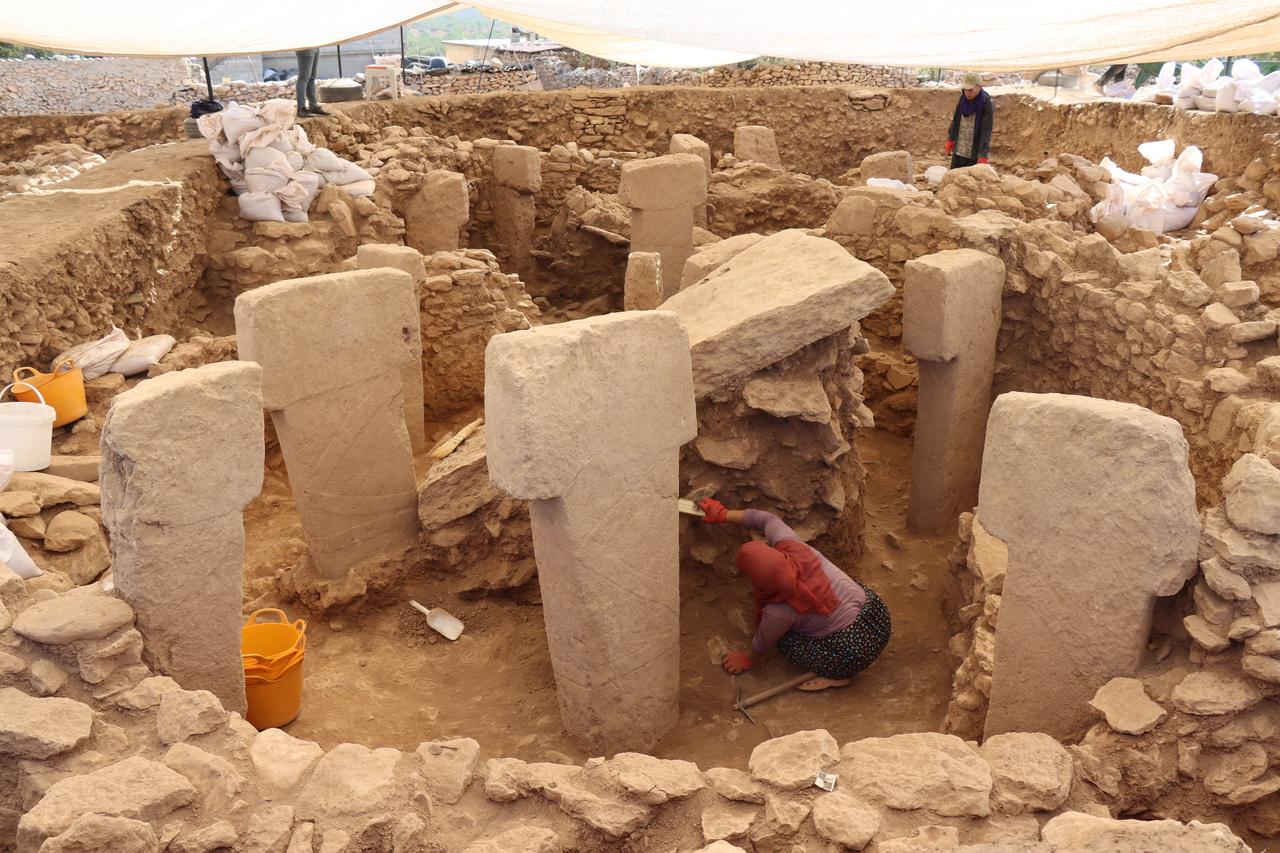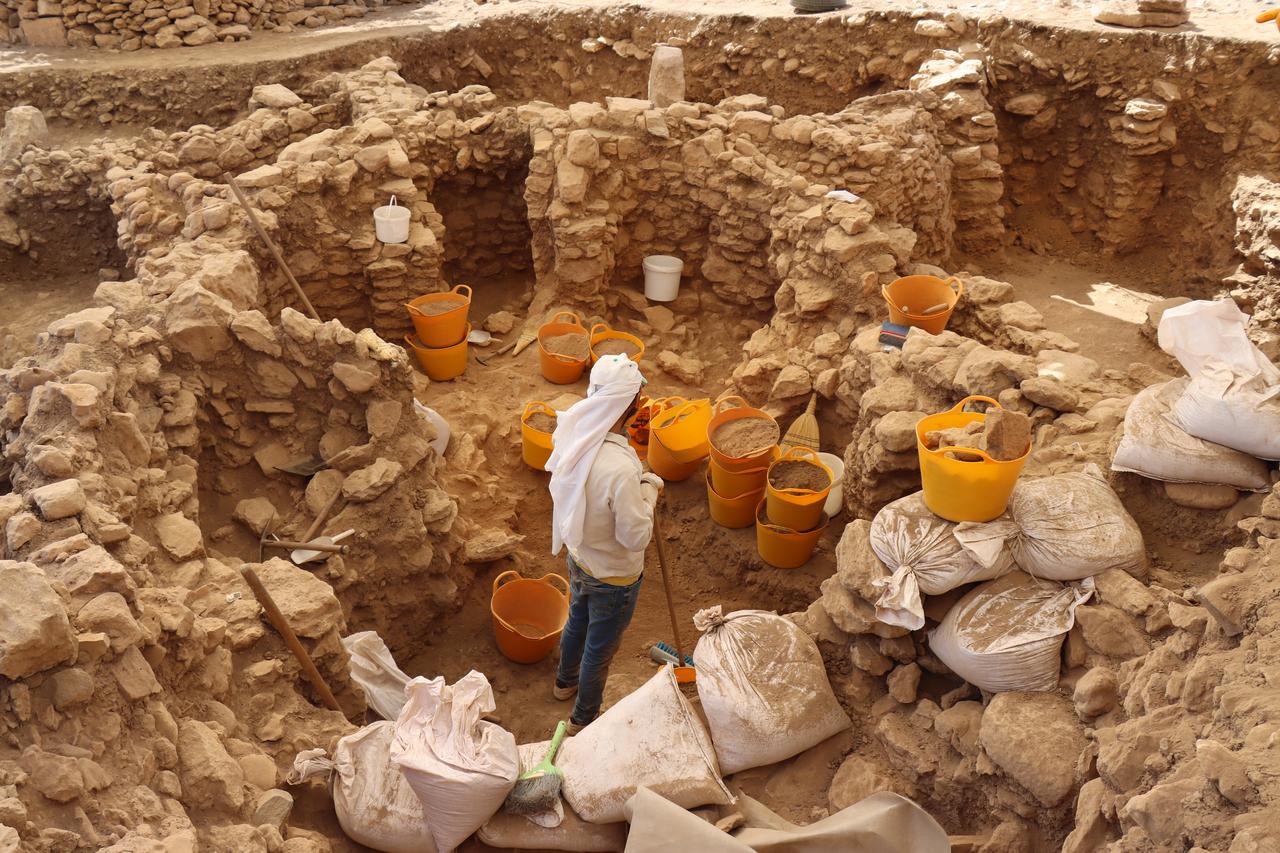
Archaeologists working in Sayburc, a Neolithic settlement near Sanliurfa in southeastern Türkiye, have brought to light more than 50 structures dating back around 12,600 years. The work is part of the Ministry of Culture and Tourism’s “Tas Tepeler (Stone Mounds) Project,” a large-scale initiative exploring sites linked to the wider Gobeklitepe culture.
The excavation, led by Associate Professor Eylem Ozdogan of Istanbul University, began in 2021 and has revealed both private houses and special public buildings. Within these structures, researchers identified hearths, platforms, benches, and work areas. Many of the public spaces feature upright “T-shaped” stone pillars, a hallmark of the Gobeklitepe tradition.

Ozdogan explained that the team has uncovered more than 50 buildings, most of which were used as homes, while five appear to be communal structures. She noted that “in Sayburc, we saw both public buildings and domestic spaces together. This provides detailed information about daily life as well as the activities held in special buildings.”
In the houses, the finds point to everyday activities, including food preparation and craft work. By contrast, the public buildings differ in layout, containing multiple pillars along the walls as well as one or two larger stones at the center. According to the excavation team, houses often contained a single pillar, while public buildings displayed a more elaborate arrangement.
Sayburc is considered especially valuable because it was occupied continuously for around 300 years. Archaeologists can therefore trace a clear transition from round-planned to rectangular-planned buildings, which marks a major change in construction methods and architectural technology during the Neolithic.
Ozdogan emphasized that this long-term use makes Sayburc an important case study for understanding cultural and technological transformations in early communities. She described the settlement as a place that “allows us to observe transitions in building styles without interruption.”
The Neolithic period in southeastern Anatolia witnessed a dense wave of settlement beginning about 12,600 years ago. While some sites were inhabited briefly, others, such as Karahantepe, Gobeklitepe, and Sayburc, reveal long-lasting communities. These sites collectively illustrate the social and architectural innovations that accompanied humanity’s shift from hunter-gatherer lifeways to more settled forms of living.